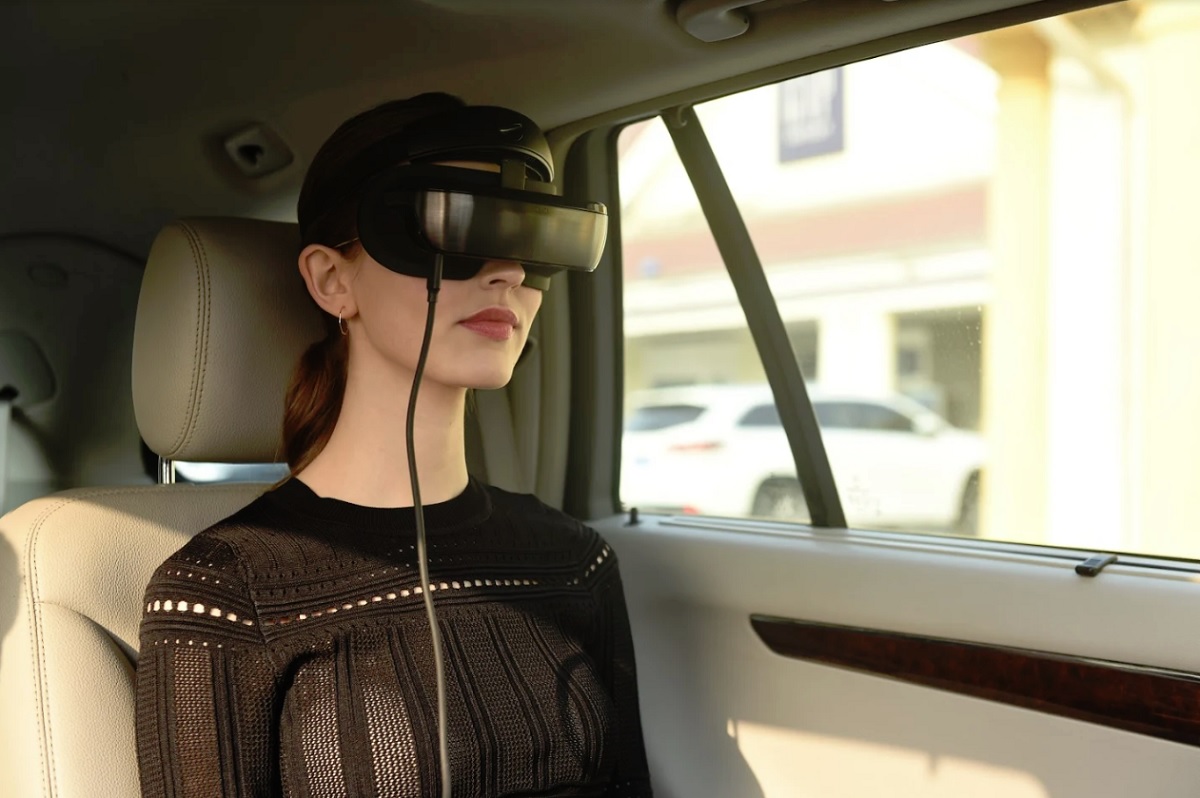Luci is unveiling a new kind of entertainment virtual reality headset, dubbed the Luci Immers, that promises crystal-clear viewing of VR films and other content, thanks to dual micro-organic-light-emitting displays (Micro-OLED).
The Santa Clara, California-based company, which is a division of Beijing-based AT Holding, is a late entrant in a crowded field. But it believes it has targeted a part of the market that hasn’t been covered well by the competition, said Minqin “Crystal” Tang, executive vice president at Luci. The company will start a Kickstarter crowdfunding campaign on Tuesday, March 19.

Unlock premium content and VIP community perks with GB M A X!
Join now to enjoy our free and premium membership perks.
![]()

![]()